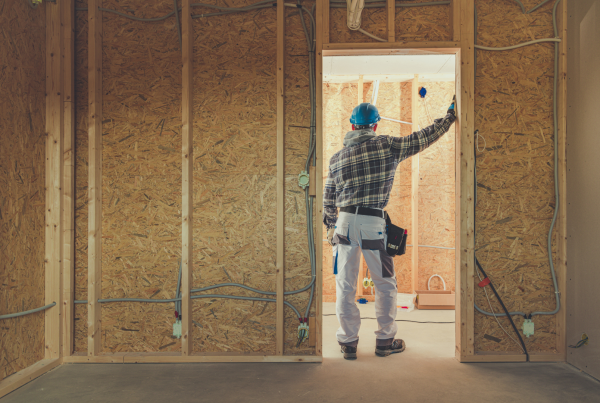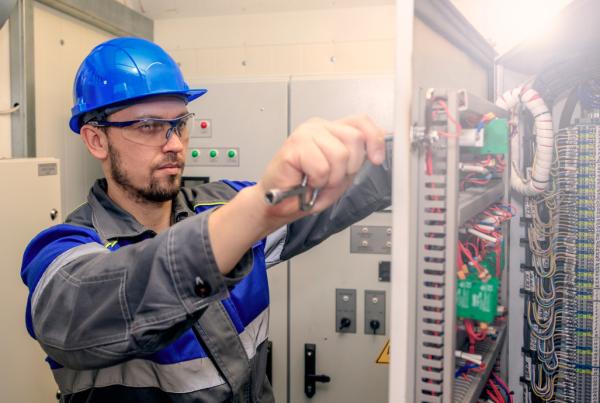Electrical safety is of key importance for any electrical service or repair, from the replacement of a switchboard to an electrical system installation on a construction site. However, there is a large difference in the level of danger present when doing residential or small-scale electrical work compared to large-scale electrical work on construction sites.
This means that electrical contractors need to be even more careful when working on construction sites, especially when large-scale electrical systems are being installed or worked on. There is always a lot going on at construction sites, so it can be easy to get distracted and make a mistake, like confusing a live wire with a disconnected one.
And these hazards only become more numerous and dangerous as the size of construction sites increases. According to OSHA, below are some core electrical safety guidelines for electricians and other labor working on large-scale construction sites.
Electrical Contractor Safety Considerations for Large Scale Contractors
Every electrical contractor must keep in mind three main considerations when working on any major large-scale project.
- Conducting a Risk Analysis
OSHA and several other safety standards suggest that you must analyze the worksite before beginning work in order to ensure that suitable control measures are in place to reduce the risk of electrical shock to employees. If possible, labor must be given enough time to familiarize themselves with the workplace before beginning work.
- Hazard & Electrical Service Mapping
Electrical contractors should take the time to map out the service they are about to perform before beginning work. These maps should also include a detailed breakdown of the current layout, including highlighting any hazards that the layout may present.
- Implement a Safe System of Work (SSoW)
Construction sites have different areas where high-voltage live wires need to be set up and connected to different electrical and lighting systems. The risk for electrocution is very high here, and untrained or under-qualified hands will only increase this risk.
A Safe System of Work (SSoW) is a great way of ensuring that only the correctly qualified person takes on the more detailed and dangerous portions of the job in order to mitigate any risk. The SSoW specifies who is competent enough and has enough training and knowledge to handle the different tasks. Electrical contractors should make sure that the system is being followed.
Common Electrical Hazards Contractors Have to Face in Construction Sites
Some of the most common electrical hazards that contractors and employees face at construction sites include:
- Overhead powerlines
- Electrical surges
- Underground power cables
- Poor quality or poorly-maintained electrical equipment and/or machinery
- Exposed wires and an inability to distinguish between live and disconnected wires
- Low quality, or insufficient insulation
- Exposed wires combined with the presence of water. Rooftop systems with exposed wires and rain are a good example of this potential danger.
There are a variety of electrical safety guidelines out there, many of which are applicable on construction sites, and in general work practices. If you are overseeing a construction site and would like an electrical contractor that keeps all safety standards in mind and helps you ensure safety compliance, get in touch with us today!




